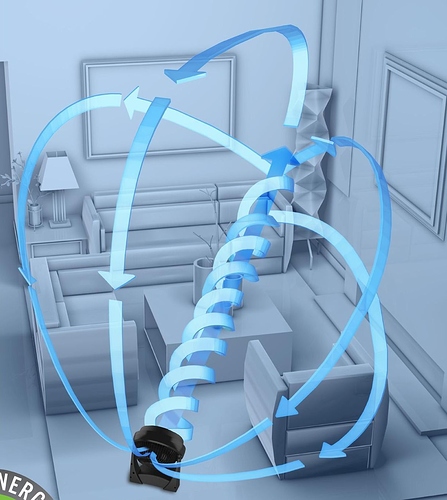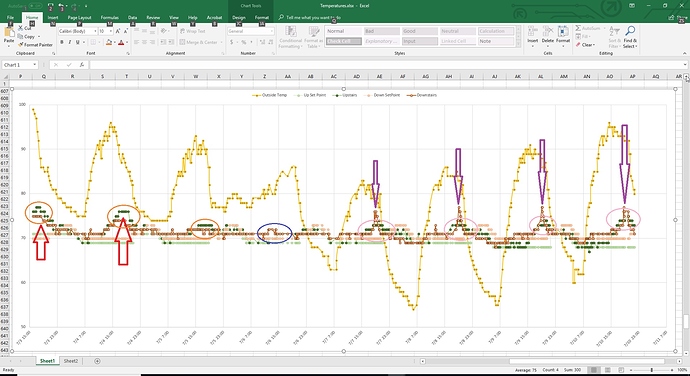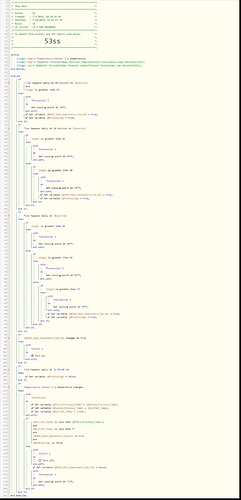This is more of a general post and not specific questions about my pistons.
Here is my situation:
- Oldish home
- gas furnace/AC (located in basement) for first floor and basement
- heat pump (located in attic) for top floor.
- Both units controlled by Nest thermostats
- On very hot days (89 degrees+), the upstairs (especially the master bedroom) gets hot. The AC runs but cannot keep up.
- The floor plan is somewhat open and the AC from the top floor just runs down to the first floor.
This is what I have done so far.
- At 2:30 AM, I have webCore check the daily forecast. If the high temperature will be over 85, I start the basement unit fan. This brings cooler air from the basement up to the first floor.
- When the temperature drops below 85, I shut of the fan as the AC unit upstairs can keep up once the sun starts setting.
- I currently have the upstairs unit “precooling” the upstairs to 70 at 4:30 AM and 69 at 5:30 AM to get ahead of the heat load that I know will come as the sun switches to that side of the house in the afternoon.
Some things that I have tossed around.
- Temperature sensor near the basement unit to that I can take advantage of any temperature differential from the basement to the first floor.
- Temperature sensor in the attic. I think that on sunny winter days, I may be able to capture some attic heat and move it into the house.
- A piston to switch from heat mode to cool mode based upon the temperature forecast for the day. No need to run the AC in the house on a cloudy day that is 72 in the morning if the temperature is dropping to 65 later that day.
- Eliminate the Nest schedule totally and just use Pistons to set the set points and mode.
Any thoughts on this subject? What have you done that has worked for you?
I’m using the simple event logger with google sheets to see how successful my attempts will be.



 However, the first and second floor actually matched temperatures for most of the day.
However, the first and second floor actually matched temperatures for most of the day.